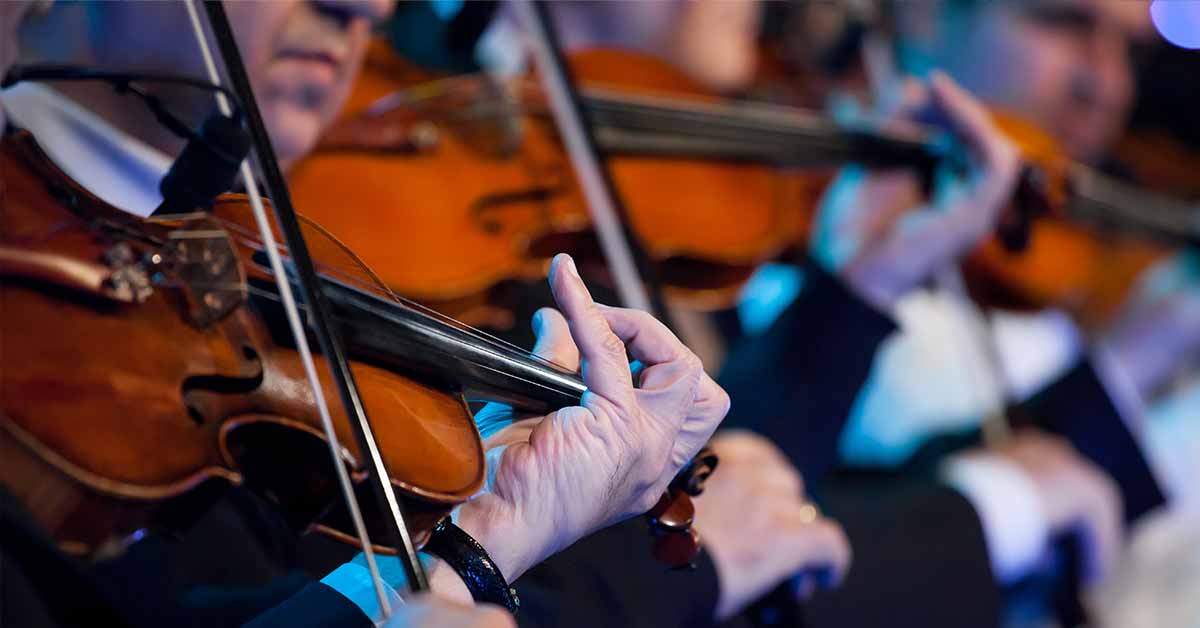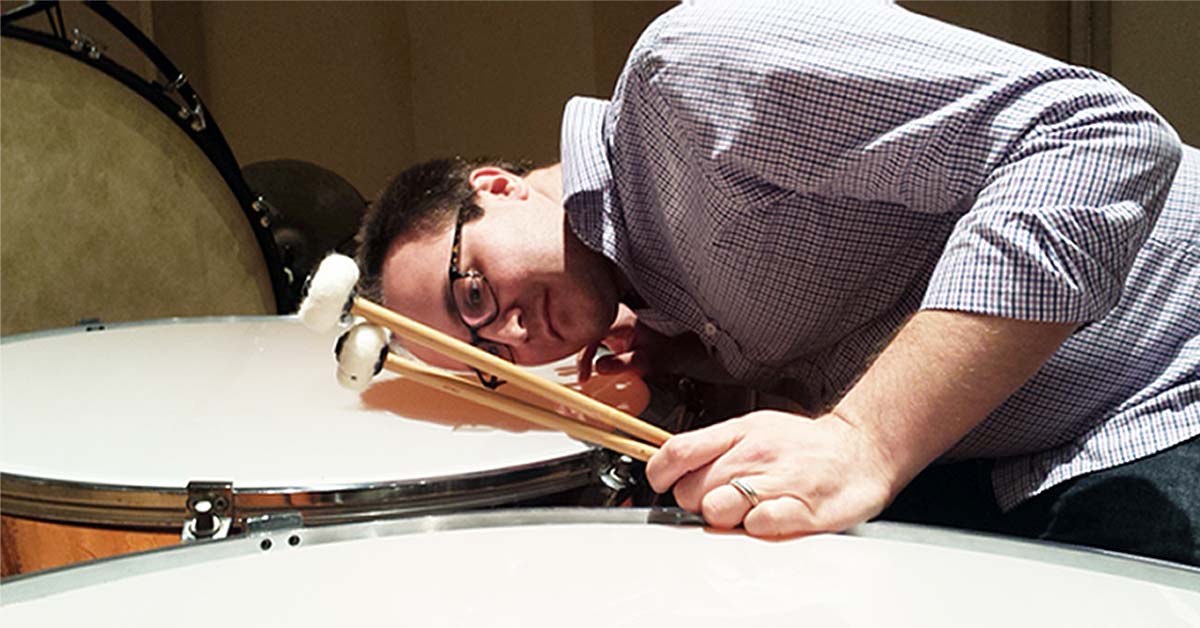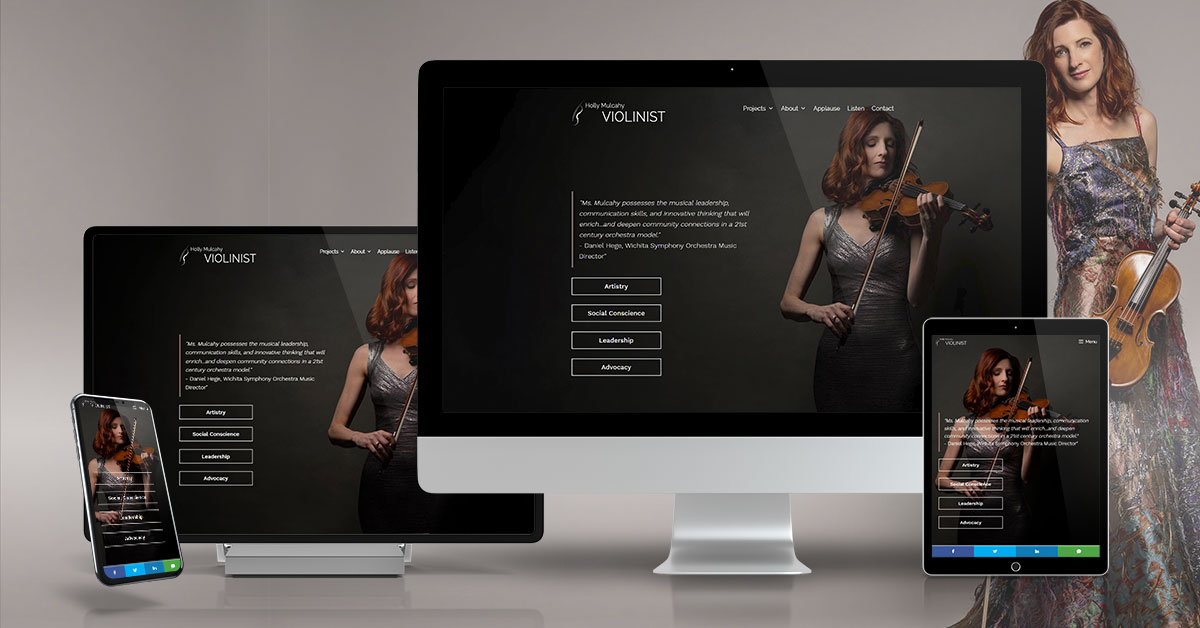“Those who fail to learn from history are doomed to repeat it”, or so goes the old saying. As such, in order to divine where classical music is headed it’s wise to examine the past. Fortunately, there was an active culture of music discussion at the early part of the last century in the form of journals and magazines dedicated to specific interests.
One such outlet for this discussion was a magazine entitled The Etude, a monthly journal for the musician, the music student, and all music lovers. Theodore Presser began publishing The Etude in 1883 and the magazine continued in print until 1957. These magazines serve as a written history of thoughts regarding classical music from their respective time, and those thoughts aren’t much different than the ideas and thoughts discussed today.
A single edition of The Etude from October, 1918 provides a wealth of comparisons:
Musical prejudice and elitism
In an editorial piece by The Etude editor, James Francis Cooke, entitled “Other Folks’ Music” he warns against the consequences of becoming a cultural elitist.
His article recounts a recent installment of the annual “accordion party” held by their neighbor’s servants he and his wife had to “endure”. Although he apparently objurgates accordion music, he also realizes the necessity to avoid being enticed into feeling the same way about those who enjoy its sound,
“Everybody in the party seemed to have a perfectly delightful time and though apparently deaf to the music it is doubtful if the party could have existed with it. The point is, that no matter how excruciating the music may seem to us, it is delighting and satisfying those for whom it is intended.”
He goes on to warm against succumbing to the temptations of enforcing your own musical tastes on others,
“The musical world is filled with people who would say what the other fellow’s music should be. That is what some critics, among others, are paid to do. We wonder whether it is worth while. Is it not better to let the music itself do the arguing?
Art seems to be the only phase of human endeavor where the Golden Rule dos not properly apply. “Art is long, time is short.” Remember that the world does not normally advance by leaps. Don’t try to yank the pupil out of the rag-time [sic] that he is enjoying as you would pull up a Jimson weed by the roots. Gradually play the music that the pupil likes and in that way develop a new appetite.”
It’s too bad the American classical music society didn’t take that advice to heart at the time when orchestras began to consciously favor standard repertoire over the contemporary music being presented in the 1930’s.
Regardless of whether or not you enjoy the discordant tones of 12-tone music is beside the point, the important lesson is learning how to continue to keep an open mind and learn to appreciate the new. As with all new forms of art or entertainment, you’ll like some and not others.
But the American public lost that ability for learn how to appreciate new forms of orchestral music, and even though the majority of contemporary classical music written by living composers is now quite tonal and much more familiar to standard repertoire than 12-tone, people are conditioned to turn their critical ear away.
In 1918, Mr. Cooke predicted the dangers associated when an overwhelming majority of the cultural consciousness becomes bent on enforcing their views of “good vs. bad”. As a result, the percentage of Americans now actively involved with live classical music events is around 4%.
High end forgery
Ever since the time when the violin makers from the Golden Era of instrument making crafted their instruments there have been people out there copying them and selling them off as originals.
Even in 1918 it was such a problem that nearly 20% of all questions submitted to The Etude’s “Expert Advice on Violin Problems” column centered on issues of forgery and authentication techniques. Here are a few of those answers,
“[Dear] T.A.M. – for every violin which was really made by [Stradivarius], there are thousands of imitations, bearing labels which are fac-similes [sic] of the original.”
“[Dear] C.H.B. – Labels in a violin mean nothing, since labels are counterfeited by the million. It is also impossible to value a violin from a written description”
“[Dear] A.F.S. – for each genuine Stradivarius violin in the world there are probably 100,000 imitations, yet all have similar labels.”
The world of high end string instrument scams is very much alive and well, as demonstrated in the recent Axelrod Instrument collection purchase by the New Jersey Symphony Orchestra. That organization paid $17 million for a collection where a portion of those instrument’s authenticity have come to light and they now appear to be the victim of one of the most elaborate scams in classical music history.
As a matter of good timing, today’s Soundcheck program on WNYC will examine the world of high end string instruments on today’s program. The show begins at 2:00 p.m. EST and even if you don’t live in the New York City area you can still listen online at www.wnyc.org or on XM Satellite radio. If you miss the live show, you’ll be able to listen to an archived version from the WNYC website.
Musical progress threatened by a lack of music education
In an article written by Constantine von Sternberg, the author predicts that the amazing progress made by American orchestras of his day will be threatened unless,
“…we begin at once with the uprooting and destroying of a prejudice…which is not generally recognized; it is still widely spread idea that good music instruction is well enough for girls but not for boys.”
The author goes on to espouse the idea that although there was an increasing amount of opportunities for people to hear good music and be exposed to other quality productions of live art, they were rarely prepared to for it.
He claims that without previous study, any individual exposed to live performances will be unable to absorb all that the performance has to offer and, as a result, they’ll be less interested in participating with future events.
The author describes a growing condition where people of his time are even proud of their musical ignorance and carry an inherent disapproval for those who do appreciate music. He identifies them as people who typically proclaim “I know nothing about music, but I know what I like”.
The article continues by promoting ideas associated with universal music education for both sexes in the hope that it will produce individuals and a better society.
Times haven’t changed as music education continues to be a central theme in discussions about finding solutions for the cure of declining interest in classical music. Since 1918, music education in America has gone through several “rise and fall” cycles and each time it reinvents itself to meet the newly identified challenges.
As such, its impact on the listening culture among Americans has had arguable results. Even today, when the push for increased universal music education is stronger than ever in recent memory, there is just as much discussion about whether or not there will be an environment of quality live performances available for that education appreciate.
In 1918 they were concerned about propagating recent advances in classical music’s progress in order to see where the “unlimited possibilities” may lead. Today, 87 years later, we’re concerned about finding ways for music education to prevent that progress from fading into a memory.










